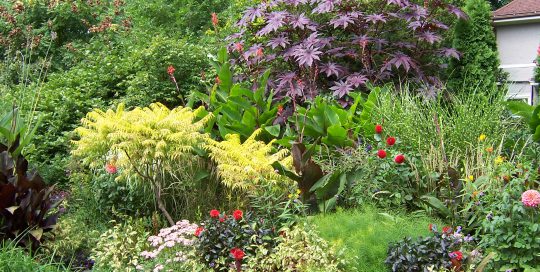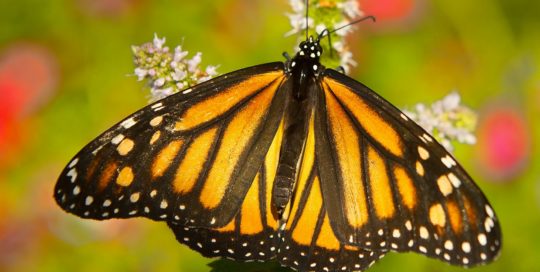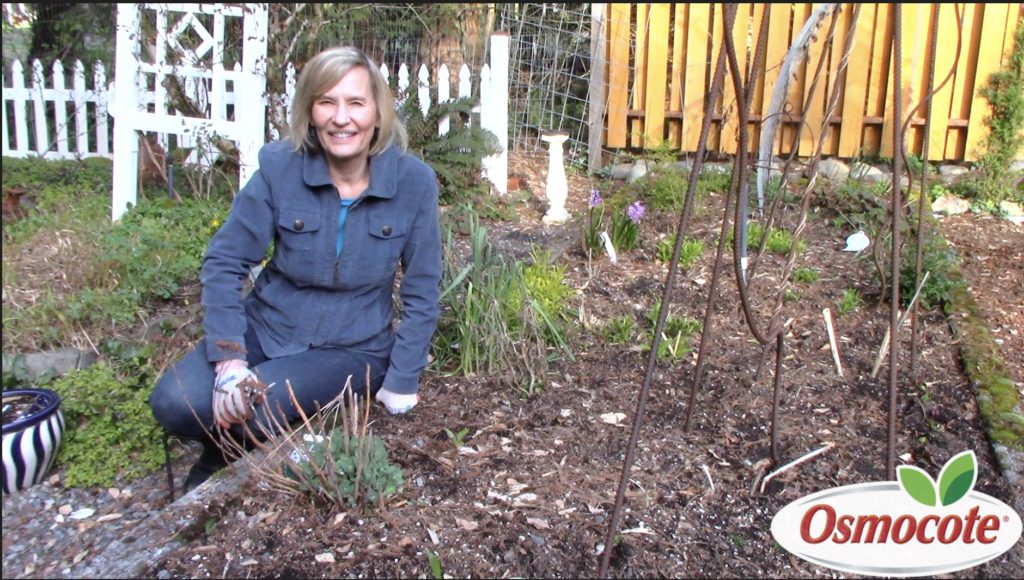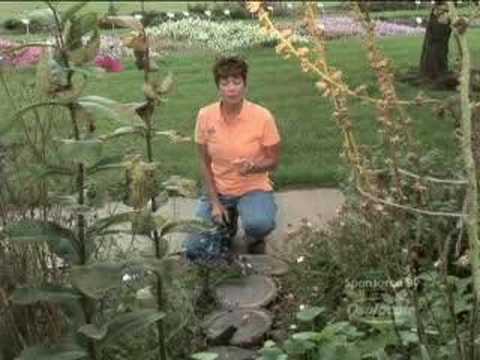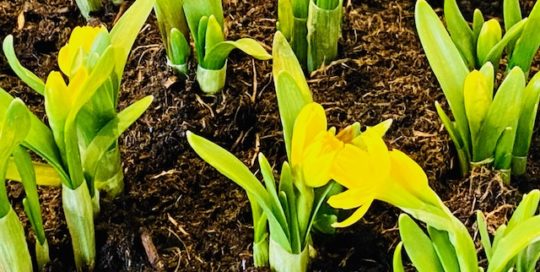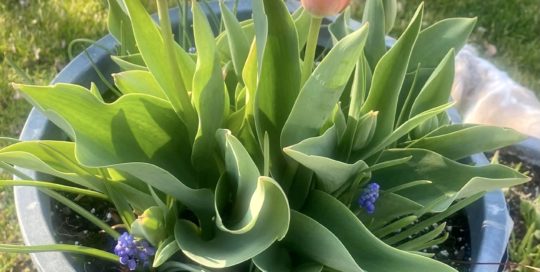More on Milkweed
There are 73 species of native milkweeds in the United States. Monarchs use about 30 of these species as host plants with some regularity. To find out what milkweed species are found in your region, visit Monarch Watch, a nonprofit educational outreach program at the University of Kansas that focuses on the monarch butterfly, its habitat, and its spectacular fall migration.
Here in Illinois, I look for milkweed plants that are native to the state. They include common milkweed (Asclepias syriaca), butterfly weed (A. tuberosa), swamp milkweed (A. incarnata), prairie milkweed (A. sullivantii) and tall green milkweed (A. hirtella). There are many other milkweeds native to Illinois but it is often difficult to find them at garden centers, so an alternative is ordering the plants or seeds online or visiting a native plant nursery. A word of caution for those who have smaller gardens: common milkweed spreads very quickly in a garden so you may want to look for one that’s clump-forming, such as butterfly weed or swamp milkweed. Use a slow-release plant food to keep it going well into the season.

Build a Butterfly Banquet
Here are some tips for attracting monarchs and other butterflies to your garden:
- Read on. Kylee Baumle has an excellent book on monarch butterflies. Check out “The Monarch: Saving our Most-Loved Butterfly” (St. Lynn’s Press, $20).
- Identify them, Get a good butterfly identification book, such as “Gardening for Butterflies” by the Xerces Society (Timber Press, $24.95), and “The Life Cycle of Butterflies” by Judy Burris and Wayne Richards (Storey Publishing, $16.95).
- Feed ’em. Add nectar-rich annuals, such as zinnias, Mexican sunflower, pentas and lantana, which bloom from spring through fall.
- Plant in large drifts. Butterflies floating overhead can easily spot large groups of flowers. And, they won’t have to fly 20 feet to the next plant to get a sweet drink.
- Simple is better. Include perennials and annuals that have single daisy-type flowers, such as daisies, black-eyed Susans and sunflowers. It’s easier for butterflies to reach the nectar.
- Go native. Add some plants that are native to your region. Native plants support thousands of species of pollinators including native bees, butterflies, moths, flies, wasps, and flower-visiting beetles.
- Create a butterfly nursery. Add host plants. For example, plant some swamp milkweed or butterfly milkweed for monarchs. Eastern black swallowtails will lay eggs on dill, fennel and parsley.
- Be a lazy gardener. Hold off on fall clean up of annuals and perennials. Some butterfly chrysalids (not monarchs) overwinter in the garden and emerge in the spring.
- Be a butterfly bartender. Some butterflies visit mud puddles and damp soil where they glean salts and nutrients not found in nectar. Place a shallow dish of wet sand where butterflies can sip.
- Get involved. Join the North American Butterfly Association. www.naba.org
- Skip the pesticides. Many products are indiscriminate and will kill good and bad caterpillars.

